This
post was originally published on
this siteOriginally Posted At: https://breakingmuscle.com/feed/rss
Today, you’ll find hundreds of powders, pills, drinks, energy bars, and more on store shelves claiming to be just the item you need to achieve your weight loss goals. This gives many people the idea that using those products alone will miraculously result in dramatic weight loss. Is that really true? Not exactly.
A healthy diet and regular exercise are the most important factors in weight loss, though adding a weight loss supplement may help you reach your goals sooner. But with so many options, how are you supposed to pick the best weight loss supplements for you?
Below, we‘ll share what we’ve identified as 10 of the best supplements for weight loss. From caffeine-free options to night-time fat burners — you’ll be able to walk away with an idea of which item may be an effective weight loss product for you.
Medical disclaimer: This article is intended for educational and informational purposes only. It is not intended as a substitute for medical advice. For health advice, contact a licensed healthcare provider.
Our Top Picks for the Best Supplements for Weight Loss
Best Overall Supplement for Weight Loss: PhenQ
PhenQ
- Number of pills per bottle: 60
- Key highlights: Targets weight loss in five ways
- Noteworthy ingredients: Includes patented α-Lacys Reset®
Check Price
Pros
- 60-day money-back guarantee
- Natural ingredients
- Over the counter
- Many positive customer reviews
Cons
- Includes caffeine
- Only purchasable from the PhenQ website
- Large pill
Weight loss supplements are usually good at one thing. Some act as an appetite suppressant and put your cravings at bay, while others can boost metabolism. PhenQ is unique in that it may help you achieve your weight loss goals in five ways: fat-burning, diminishing fat accumulation, reducing food cravings, providing cognitive support, and acting as a metabolism booster.
Naturally, you’re probably wondering how in the world one dietary supplement can do all of that. And is it actually a safe way to achieve your ideal body weight?
Well, these vegan and vegetarian-friendly pills have many science-backed ingredients, like α-Lacys Reset®. This ingredient, which is a patented combination of alpha lipoic acid, cysteine base, and magnesium, has been tested in a placebo-controlled study. Researchers found that α-Lacys Reset® could cause a thermogenic effect, a fancy phrase for heat producing. (1) The body produces heat when burning calories, potentially leading to weight loss.
In addition to α-Lacys Reset®, the pill includes other natural ingredients like Capsimax powder (a potential fat burner), chromium picolinate (can help curb carbohydrate cravings), caffeine (may shed excess fat), nopal cactus (may provide feelings of fullness), and l-carnitine fumarate (may turn fat into energy). All of these ingredients have been researched in some capacity to evaluate their role in possibly helping with weight loss.
One bottle of PhenQ is almost $70 and includes 60 weight-loss pills. Two are meant to be taken daily, so you’re getting a 30-day supply. If you purchase two bottles, though, you’d get a third one free, which is a good deal. While the PhenQ website says users shouldn’t experience side effects, some customers experienced vomiting, and others complained that the large pills are difficult to swallow.
Overall, does it work? Many customers say it does, and PhenQ’s website has before and after pictures so people can see for themselves. If you’re unsatisfied after trying two bottles, the company will refund your order.
Best Whey Protein Powder for Weight Loss: Jacked Factory Authentic ISO
Jacked Factory Authentic ISO
- Protein type: Whey isolate
- Number of servings: 30
- Cost per serving: $1.20 to $1.33
- Calories per serving: 110 to 130
- Protein per serving: 25 grams, depending on the flavor
- Flavors: Cookies & Cream, Unflavored (if you buy from Amazon)
- Third-party tested: No
Check Price
Pros
- Budget-friendly
- High-protein, low-carb
- Tastes good
- Premium ingredients
Cons
- Includes artificial ingredients
- Only available in the 30-serving option
- Contains milk
If you’ve shopped around for a top-notch protein powder, you’re likely aware that it’s not cheap. Thirty servings could easily cost you $50+, and you might get stuck with poor ingredients if you’re paying less. Fortunately, that’s not the case with Jacked Factory Authentic Whey.
For just under $40, you get a tasty protein powder option containing high-quality ingredients. One container includes 30 servings, and that’s about $1.33 per scoop. Each serving has 25 grams of protein, 0.5 grams of fat, one gram of sugar, and 110 calories. Can you guess how many grams of carbs it has? Just one. So if you follow a high-protein, low-carb diet to help with your weight loss goals, you’ll appreciate this.
One issue many people experience when using protein powders is poor digestion, but because this is made with whey protein isolate, bloating is less likely. Whey protein isolate is processed in a way that reduces the whey’s lactose and fat content, so it should be a lot gentler on the stomach. (2) However, since this product does include milk, folks who are lactose-intolerant or vegan will likely want to consider something else.
In addition to potentially being easier to digest, whey protein isolate can also be helpful in repairing lean muscle and improving muscle strength. (3) Therefore, if you want to increase muscle mass, this protein powder may help you with that.
Ultimately, it’s a solid choice if you’re okay with it having some artificial ingredients. And it’s sweetened with stevia, which some folks don’t like. The texture is a little extra creamy, too, and that can be a huge bother if you don’t like powders with a thicker consistency. Nonetheless, there are some good flavors like Cinnamon French Toast and Chocolate Peanut Butter. You can opt for an unflavored version, too.
Best Supplement for Muscle Gain and Weight Loss: XWERKS Lift
XWERKS Lift
- Number of servings: 80
- Cost per serving: $0.61 per serving
- Amount of creatine per serving: Five grams
- Flavors: Unflavored
Check Price
Pros
- Vegan and gluten-free
- One ingredient
- No sugar
- Affordable
Cons
- Occasional fishy odor
- It may cause nausea for some
If you’re not interested in a weight loss supplement with many ingredients, XWERKS Lift might be what you’ve been looking for. This powder only includes five grams of the amino acid creatine monohydrate. Also, because it doesn’t have all the extras often found in popular protein powder brands, it’s mostly flavorless. Therefore, you can add it to your flavored drink without worrying about it being too creamy or clumpy.
Now, you might wonder how a weight loss product with one ingredient can pack such a powerful punch. Well, it all comes down to it being the right ingredient. Creatine affects how fat cells metabolize and can increase whole-body energy expenditure. This may allow you to burn more calories throughout the day.
Creatine monohydrate is also touted for supporting muscle growth, especially when combined with resistance training. (4) In addition, it’s handy for muscle recovery post-workout and enhanced performance, and research supports these claims. For instance, the U.S. National Library of Medicine reviewed 16 studies and found that individuals using creatine could lift 15 pounds more weight when doing bench presses than those who didn’t take creatine. (5)
Research has also discovered that creatine might be helpful for those with type 2 diabetes. Creatine increases the function of a molecule known as glucose transporter type 4, which could lower your blood sugar levels. (6) It’s nice that this powder could have other health benefits besides helping individuals lose weight and gain muscle.
One bag of this supplement is $49, and a little bit goes a long way. A pack of XWERKS Lift has 80 servings, so that’s almost three months’ worth of product. However, it may cause an upset stomach since it may not be as easy to absorb as creatine hydrochloride. Also, the texture might be grittier than some would like.
RELATED: Best Creatine Supplements
Best Caffeine-Free Supplement for Weight Loss: Transparent Labs Stim-Free Fat Burner
Transparent Labs Stim-Free Fat Burner
- Number of servings: 60
- Cost per serving: $0.92
- Noteworthy ingredients: 300 milligrams of green tea leaf extract, 250 milligrams of ForsLean, 50 milligrams of Paradoxine, and 50 milligrams of Capsimax
- Flavors: None – sold as capsules
- Third-party tested: Analytical Resource Laboratories Certified; Elite Manufacturing & Packaging Third-Party Tested
Check Price
Pros
- Natural ingredients
- Vegan-friendly and gluten-free
- Includes nootropics, which may help improve brain function
Cons
- Need to take two daily
- Pricier option
- Often sold out
You’ve probably noticed that many weight loss supplements come with caffeine, but do you need this ingredient to minimize your body mass index? Not really. Although research does show that caffeine may promote BMI and body fat reduction, other ingredients can help you on your journey. (7) In fact, the Transparent Labs Stim-Free Fat Burner capsules are caffeine-free and may work well when combined with a healthy diet and exercise.
Transparent Lab’s Fat Burner capsules contain all-natural ingredients, like green tea leaf extract, ForsLean, l-theanine, and Capsimax capsaicin. Each element may play a vital role in optimizing fat loss and enhancing energy levels.
The green tea extract, for example, is full of antioxidants and has been shown to be beneficial for women with central obesity thanks to its ability to break down fat cells. (8) ForsLean, an abstract derived from dried roots of Coleus forskohlii (an herb commonly used in traditional medicine), can potentially help with weight management after weight loss. (9)
L-theanine is associated with the browning of white adipose tissue, which is when white fat begins to darken as a result of increased thermogenesis. (10) Thermogenesis occurs when the body produces heat by breaking down glucose and fat. Brown fat happens to be much better at storing and burning energy (calories) than white fat. These actions ultimately may lead to weight loss.
Capsimax can help reduce appetite and energy intake. (11) When all of these ingredients work together, you get a powerhouse of a supplement.
While this product will appeal to many, some will prefer a different choice. For one, these are capsules, and some folks don’t like swallowing pills. On top of that, these are intended to be taken twice a day, about 30-60 minutes before you eat. Many people will feel like that’s too much to keep up with. If none of that would bother you, Transparent Labs Stim-Free Fat Burner might be worth a try.
Best Greens Powder for Weight Loss: AG1
AG1
- Cost per serving: Starts at $2.48
- Key highlights: 75 vitamins, minerals, and whole-food-sourced ingredients
- Potential benefits: Can support immune, digestive, and brain health; promote stronger hair and nails; and help you feel more energized
Check Price
Pros
- Vegan, paleo, and keto-friendly
- High-quality ingredients
- No artificial colors, preservatives, or sweeteners
Cons
- Pricey
- May upset stomach
- Not backed by scientific research
While most of us expect three to six ingredients in a supplement, AG1 comes through with 75. This green powder is intended to help people fill their nutritional gaps, as many of us are deficient in the vitamins and minerals we need. You’ll find pre-biotics, probiotics, and enzymes that can support gut health; vitamin C and zinc to support immunity; magnesium for a potential boost in energy; and several antioxidants for post-workout recovery.
In addition, AG1 uses whole-food sourced nutrients and is NSF Certified for Sport. The latter means the product must follow strict standards to ensure it offers clean ingredients. For instance, each batch is tested and verified in AG1’s Therapeutic Goods Administration (TGA)-registered facility, which is likely a lot of work, but it speaks to the brand’s aim for quality.
AG1 says it’s gone through 52 product iterations so far to help improve the flavor and ensure it follows the latest science. However, it doesn’t appear that any clinical trials have been done to confirm its safety or validity.
Consumers say it’s not too bad taste-wise and doesn’t have a gritty texture. You can add it to an eight-ounce glass of water, let it dissolve (or shake it), and drink it up. If mixing it with water alone isn’t your thing, add it to a smoothie, milk, or juice. AG1 is a little sweet with a citrusy undertone, but there’s nothing wrong with adding a little oomph.
For a 30-serving pouch of this green powder, expect to spend just under $100. Add $10 to that if you want the individual travel packs. You could save some money with a monthly subscription but expect to still dish out $79 to $89 for one month of product.
RELATED: AG1 Review: Is This Greens Powder Worth It?
Best Collagen Supplement for Weight Loss: Bulletproof Collagen Peptides
Bulletproof Collagen Peptides
- Collagen source: Bovine
- Form: Hydrolyzed powder
- Number of servings: 12 to 60
- Cost per serving: Starts at $1.28
- Amount of collagen per serving: 20 grams
- Protein per serving: 18 to 19 grams, depending on the flavor
- Flavors: Chocolate, Unflavored, Vanilla
- Third-party tested: Tested for the presence of heavy metals and other toxins
Check Price
Pros
- Three flavors
- Low sugar
- Keto-friendly
Cons
- Clumpy when mixed
- Not NSF-Certified
- Bad taste
- It may cause an upset stomach
When most people think about collagen, they associate it with improving skin health. However, collagen may play a role in weight loss, too. A 2023 study revealed that obese rats treated with collagen peptides saw a decrease in weight gain, blood glucose levels, and BMI. (12) So, if an animal experienced these results, could a human benefit from collagen, too? It’s possible and also explains why highly-rated collagen supplements like Bulletproof Collagen Peptides probably exist in the first place.
If you’re looking for a vegan option, this one isn’t it. Bulletproof’s collagen is obtained from parts of pasture-raised cows that would otherwise go to waste. Bulletproof has made efforts to support sustainability and provide a high-quality product by utilizing cows that don’t receive added hormones.
The 17.6-ounce container provides approximately 25 servings and costs around $43.95. For many, this will come across as pricey since you don’t even get a month’s worth of product. However, there is an option to set up a subscription, knocking the price down to $35.16.
Each serving, which equals two scoops, provides about 20 grams of hydrolyzed collagen, 18 grams of protein, and 65 milligrams of sodium. If you’re monitoring your calorie intake, you should know that one serving is 70 calories.
This dietary supplement comes in three flavors: Chocolate, Vanilla, and Unflavored. The latter is best if you want to mix it with your coffee, smoothie, or soup. Some even mix it in with their baked goods. However, two big customer complaints are that it doesn’t dissolve well and has a very bitter taste. Others remarked that Bulletproof has poor customer service, which is something you have to think about, too, when purchasing a product.
Besides helping with weight management, these collagen peptides may be able to help with joint function, which is important for athletes and older adults. (13) Unfortunately, some athletes might have to avoid it because it’s not NSF-certified.
So, is it worth it? Almost 3,000 five-star reviews would say so, but don’t solely rely on it to achieve effective weight loss.
Best Supplement for Energy and Weight Loss: Jacked Factory Burn-XT
Pros
- Cost-effective
- 30-day money-back guarantee
- Vegetable-based
Cons
- Includes caffeine
- Many customers saw no change
If you don’t mind a fat-burning dietary supplement that contains caffeine, say hello to Jacked Factory’s Burn-XT. The formulation includes evidence-based ingredients like 450 milligrams of green tea extract, 50 milligrams of Capsimax cayenne pepper, and 70 milligrams of Acetyl–L-carnitine. To help with the absorption process, five milligrams of Bioperine (a patented extract of black pepper) are also included. Burn-XT helps to prompt thermogenesis in the cells of the small intestine. When combined with a balanced diet and exercise, you could notice fat loss and lean muscle growth.
The green tea extract has natural caffeine, so it should give you a boost of energy. It may also reduce bloating. There are some cardiovascular health benefits associated with this ingredient, too, such as lowering high blood pressure. (14) Capsimax, which comes from red hot chili peppers, can ignite thermogenesis to help boost your metabolism. Acetyl–L-carnitine plays a part in increasing your metabolic rate and may further assist with fatty acid oxidation (breaking down fatty acids into smaller molecules to be used for energy).
To get the best results, it’s recommended that users take two capsules per day before or with their meals. Since Burn-XT has 270 milligrams of caffeine anhydrous and natural caffeine from the green tea extract, it’s probably best to consume the pills in the morning or afternoon. Otherwise, you might have difficulty falling asleep around bedtime.
A 30-serving container of Burn-XT costs $34.99, so if you take two a day, one package will last 15 days. Therefore, you could very quickly end up spending $70 for one month’s worth of supplements. That’s not cheap. Fortunately, if you try the product and it doesn’t seem to work for you, there’s a 30-day money-back guarantee. Based on user reviews, Jacked Factory seems to be very good about honoring this policy.
Best Workout Supplements for Weight Loss: Legion Fat Loss Stack
Legion Fat Loss Stack
- Number of servings: 21 to 45
- Key highlights: Contains three supplements (two fat burners and a pre-workout mix)
- Noteworthy ingredients: Citrulline malate and beta-alanine in the pre-workout; yohimbine in the Forge fat burner; Grains of Paradise in the Phoenix fat burner
Check Price
Pros
- Evidence-backed ingredients
- Can choose a pre-workout with or without caffeine
- Transparent labeling
- No return needed money-back guarantee
Cons
- Pricey
- It may cause intestinal distress
- Lots of pills
Ideally, one dietary supplement should be good enough, but what happens when there are three? Well, you get the Legion Fat Loss Stack. For almost $116, you’ll get two fat burners and a pre-workout drink that comes in over 10 flavors. You also can select whether you want the caffeinated or non-caffeinated pre-workout drink, which is a huge plus. But still, what’s the deal with needing three supplements?
On its website, Legion acknowledges that supplements alone aren’t going to help you lose weight or build muscle. But it does claim that its products can help you lose fat faster, enhance performance, and boost muscle strength, thanks to their formulation.
The Phoenix Fat Burner consists of diet pills that contain 5-HTP, an ingredient from the Griffonia plant that may suppress your appetite and help you to feel satiated after a meal. (15) One container includes 30 servings and 150 capsules, so you’re meant to take this capsule at least five times daily. Admittedly, that’s a lot of pills and will be a deal-breaker for some.
The next supplement in the trio is Pulse, a pre-workout powder that you’re supposed to mix with eight to 10 ounces of water. Pulse is formulated with theanine, caffeine (unless you choose the non-caffeinated one), alpha-GPC, betaine, citrulline, and more. Together, these ingredients may increase your endurance, strengthen your focus, and reduce fatigue. When you’re trying to push through a workout, this supplement may help you get through it.
The last supplement in the line-up is Forge, a pre-workout fat burner. This is best used during fasted training, as the yohimbine ingredient (a compound from the Yohimbe evergreen tree) can prompt fat mass loss. (16) The container has 180 vegetarian capsules and 45 servings, so one serving equals four pills.
Whether or not this product is worth it to you depends on how you feel about the price, the number of pills, and the formulation. If you’re trying the product for the first time, know that Legion offers a money-back guarantee, so you don’t have to return the items. However, if you order again in the future and request a refund, Legion may require that you send back the package.
RELATED: Best Pre-Workouts for Building Muscle, Running, Taste, and More
Best Supplements for Gut Health and Weight Loss: Biotics 8
Biotics 8
- Number of pills per bottle: 90
- Key highlights: May also help improve focus and support mental well-being
- Noteworthy ingredients: Lactobacillus plantarum (a probiotic), vitamin D3
Check Price
Pros
- 60-day moneyback guarantee
- Dairy-free and gluten-free
- May also boost immunity
Cons
- One serving is three capsules
- Costly
- Few product reviews
In recent years, the topic of gut health has become increasingly popular, and for a very good reason. Evidence shows that the state of our gut microbiome is linked to our overall health and may play a role in whether or not we become obese. (17) Therefore, if we can improve the health of our gut, it’s possible that we can also lose weight more efficiently. And Biotics 8, a product made specifically for men, is said to foster a healthier digestive system that aids weight loss.
Biotics 8 is formulated with prebiotics and probiotics. Prebiotics are a type of dietary fiber that nourishes the healthy bacteria in our gut. On the other hand, probiotics are good bacteria that help balance the bacterial community in your digestive system. Together, they’re a dynamic duo that may be able to reduce total cholesterol levels, relieve constipation, and improve fat metabolism. (18)(19)(20)
If you use Biotics 8 while adhering to a balanced diet, the pre-and probiotics may be able to break your food down more effectively. Biotics 8 may also behave like an appetite suppressant. Even bowel movements could be more efficient at shedding excess fat. Each of these actions could assist with overall weight loss.
If achieving bigger muscles is your goal, the ingredients in Biotics 8 might be able to assist with that, too. Although only mice have been studied so far, the probiotic Lactobacillus plantarum strain was associated with increased muscle mass, improved endurance, and more energy.
While this product might not be for everyone, it is worth considering if you desire a dairy-free dietary supplement that shouldn’t give you gas or an upset stomach. However, some people don’t respond well to probiotics. But if you can tolerate the Biotic 8’s formulation, it may be able to promote better prostate health. Conditions like benign prostate hyperplasia are often a result of low testosterone levels, but the probiotics in Biotic 8 may boost one’s testosterone health levels.
The bottle contains 90 capsules, and one serving is three capsules, so you get one month’s worth of product for $64.99. If you try it and realize it’s not for you, the company has a 60-day money-back guarantee policy.
Best Night-Time Fat Burner: Phen24
Phen24
- Supply quantity: 30 days
- Key highlights: Two-step system that is vegetarian- and vegan-friendly
- Noteworthy ingredients: Ashwagandha, guarana, l-theanine, l-phenylalanine
Check Price
Pros
- Vegan/vegetarian-friendly
- 24-hour fat burner
- 60-day money-back guarantee
Cons
- Requires a greater commitment
- Only purchasable through the company’s website
Many dietary supplements focus on what happens during the daytime when you’re physically active and eating. However, many don’t recognize the temptations that occasionally occur at night when you’re bored and want to give in to after-dinner snacking. Night-time cravings can lure the best of us into the kitchen, but what if there was something that could help with that?
Phen24 is a 24-hour fat burner that follows a two-step system. In the morning, you take one day-time capsule that contains capsaicin, l-phenylalanine, guarana (caffeine), and ashwagandha.
Capsaicin is a common ingredient in weight loss supplements. Some of the other ingredients may seem less familiar but may have additional fat loss benefits. When combined with exercise, l-phenylalanine stimulates whole-body fat oxidation, making it an excellent pre-workout choice. (21) Guarana is caffeine associated with browning adipose tissue, and ashwagandha is associated with decreasing cortisol, which can cause weight gain. (22)(23)
The night-time formula may help improve your mood, decrease cravings, and burn extra fat, which can all assist you with meeting your weight loss goals. Ingredients like glucomannan from the konjac plant and Griffonia may induce a fullness sensation, while l-arginine may help reduce body weight and waist circumference. (24)(25)
Phen24 uses all-natural ingredients and is a good option for vegans and vegetarians. However, some people won’t like the two-step system. You must remember to take one capsule with breakfast and take two more 15 minutes before dinner. It requires a commitment that some folks won’t be willing to make.
For $69.99, you get a one-month supply of day and night capsules. Compared to other dietary supplements, this price isn’t that bad. You can also purchase a two-month supply for $139.99 and get a third month free, which is a great deal. And if, for some reason, you just don’t like it, the company offers a 60-day money-back guarantee.
How We Chose the Best Supplements for Weight Loss
As you know, there are a lot of supplements for weight loss on the market, so finding the best was no easy feat. We talked to those in our fitness network to see what supplements they raved about and complained about. We also took to the internet to see which weight loss supplements were rated highly by consumers.
After that, we compiled a list and assessed various factors such as price, ingredients, dietary preferences, stated benefits, and supplement type. We recognize that not everyone is looking for the same thing, so we wanted to create a list that catered to various preferences. For instance, some folks hate taking pills and prefer powdery mixes, or they might be vegan and desire to avoid animal-based products.
Our 10 best supplements for weight loss list is intended to be a guide anyone could refer to and find something that aligns with their weight loss goals.
How Do Weight Loss Supplements Work?
Growing up in the 90s, I used to see a lot of infomercials about weight loss pills, and truthfully, I found them cringy. They’d often show these before and after photos with people holding up a pair of their old jeans and then say, “All you need is [insert dietary supplement].” I found these claims completely untrustworthy. After all, if all people needed was one diet pill or powder, why did so many try it and still struggle to reach their goals? So I vowed never to try them.
Today though, I realize that those informercials were misleading and most weight loss supplements aren’t bad. The problem is that those infomercials led people to believe that diet pills alone could shed fat, but that’s not how it works. They’re meant to be combined with a balanced diet and frequent physical activity.
Ultimately, how a weight loss supplement works depends on the formulation used. For instance, some ingredients may curb your appetite, while others may speed up your metabolism. Whether or not they’re effective is debatable. You might find that research has been done on a specific ingredient but rarely will you find that the weight loss supplement product itself has been studied.
What To Look For When Buying a Weight Loss Supplement
If you’re interested in weight loss supplements, knowing what to look for is essential. Here are a few things you should consider to ensure you get the right product for you.
Ingredients
As you browse different weight loss supplements, pay close attention to their ingredients list. It might feel overwhelming looking at a bunch of words that are hard to pronounce, but it’s so vital that you do.
Understand Each Ingredient’s Function
Each ingredient should serve a purpose, like causing thermogenesis, boosting metabolic rate, or shedding body fat. Think back to some of the ingredients repeatedly listed above, like green tea extract, capsaicin, and l-carnitine, and how they functioned. Many of these ingredients have been researched and linked to helping with weight loss.
Is the Ingredient Safe To Use?
You’ll want to be especially careful of brands who shy away from sharing their ingredients list. Many will say it’s proprietary information, but you deserve to know where the ingredients are sourced and whether they’re natural or synthetic. It’s typically much better to use ingredients extracted from plants and herbs, as many have been backed up by scientific evidence.
While some natural ingredients could be potentially harmful (like those mentioned below), synthetic ingredients could be very toxic and carcinogenic. Considering that dietary supplements are not as heavily regulated as medications, using a product with untested synthetic ingredients could be risky.
You need to know these details so you can make an informed decision. Consider the following:
- Bitter Orange: This was once widely used in dietary supplements as a way to reduce one’s appetite, but now its safety is questionable. Additional research has shown that it might cause a rapid heart rate and high blood pressure. (26)
- Green Coffee Bean Extract: Considered safe and may help with weight loss, but includes compounds like chlorogenic acid (an antioxidant compound) and caffeine. If you’re sensitive to caffeine, it might induce a headache or anxiety. (26)
- Garcinia cambogia: Claimed to suppress your appetite but seems to have little effect on weight loss. In addition, it may cause nausea and issues with the intestines, upper respiratory tract, and stomach. (26)
- Conjugated linoleic acid (CLA): This may help reduce a little body fat, but it may cause loose stools and indigestion if consumed in excess. Long-term use may also lead to a fatty liver and/or increased inflammation. (27)
Dosing
Just like you have to pay attention to the dosing instructions when taking cold medicine or a prescription, you should do the same with dietary supplements. Many of the supplements on this list require you to take multiple pills daily, like Phen24, or add two scoops of mix, like Bulletproof Collagen Peptides. Getting the dose wrong could lead to you not achieving the desired results or experiencing unwanted side effects.
Potential Side Effects
Many people take the nonchalant approach of, “It’s just supplements, so what’s the worst that could happen” when taking weight loss supplements. However, this isn’t advised. If you were given a prescription for Orlistat, a medication meant to help you lose weight, you’d probably read its potential side effects. Therefore, you should consider the side effects of supplements as well, especially if you have a medical condition or are taking other medications.
Some vitamins and antioxidants, for example, can decrease the effectiveness of blood thinners, birth control, or chemotherapy. In addition, there’s a risk of getting too much of a nutrient. If your diet already meets the recommended dietary allowance for a particular vitamin and your supplement includes a lot of that same vitamin, you might wind up sick. Consider how excess vitamin A could lead to liver damage, or too much iron may cause nausea. (28) Perpetual use of some ingredients, like CLA, could even raise insulin resistance, a condition in which the body stops responding to insulin, leading to raised blood sugar levels. (29) Always be mindful of the potential short-term and long-term side effects.
Are Weight Loss Supplements Regulated by the FDA?
The Food and Drug Administration oversees dietary supplements, but they are not regulated like over-the-counter or prescription drugs. (26) This is because supplements are classified as a “food” and not a “drug.”
Medications must undergo an extensive approval process before being placed on the market for purchase. However, a company can sell weight loss supplements without providing the FDA with any evidence that it’s effective or safe. The only time the FDA requires approval is if a new dietary ingredient is being introduced.
The FDA does try to ensure that companies follow safe manufacturing practices and accurately label their products. (30) For instance, it’s inappropriate for companies to insinuate that a diet pill or similar product can treat, diagnose, prevent, or cure diseases. Making such a claim would mean it should be regulated as a drug.
Who Shouldn’t Use Weight Loss Supplements?
If you’re thinking about using weight loss supplements, you should first speak with your doctor. They’ll be able to go through your medical history and medication list to see if introducing supplements is safe. Speaking with a physician is especially important if you have heart disease, diabetes, high blood pressure, or issues with your liver. In general, you should avoid weight loss supplements if you’re pregnant or currently nursing.
Final Thoughts
Whether you’re trying to lose weight or decrease your body fat percentage, you’re probably looking for an efficient way to achieve your ideal body weight. However, it can be incredibly frustrating when you’re following a healthy diet and exercising consistently but still not seeing results. It’s for this reason that many individuals look to weight loss supplements. These supplements alone may not help you achieve weight loss, but they may be able to provide the boost you need to build lean muscle and shed stubborn belly fat.
So, now that you know about the 10 best supplements for weight loss, which one will you go with?
FAQs
Which supplement is the best for weight loss?
The best supplement for weight loss depends on what you need help with. For example, if you struggle with late-night cravings, finding a supplement with an appetite-suppressing ingredient, like the Transparent Labs Stim-Free Fat Burner, is ideal. Need a performance boost or struggling to push through your workouts while fasting? A supplement with ingredients claimed to improve your endurance and focus, such as the Pulse pre-workout powder in the Legion Fat Loss Stack, might help.
Do any supplements actually help with fat loss?
Many weight loss supplements include ingredients like caffeine, green tea extract, and carnitine that may help burn fat. However, it’s important not to rely solely on the supplement to do all the work. Working out and being in a caloric deficit is what’s really needed to achieve fat loss.
What supplements can I take to burn belly fat?
Just like there’s no exercise that can specifically burn belly fat, it’s highly unlikely that a weight loss supplement will only burn belly fat. While there’s no guarantee that a supplement can shed fat from your midsection, fat-burning ingredients like the glucomannan found in Phen24 may help.
Do any over-the-counter weight loss supplements work?
There is some scientific evidence that the ingredients used in over-the-counter weight loss supplements may aid in deterring weight gain. However, few to no supplement makers have had actual peer-reviewed studies done to evaluate the safety and effectiveness of their products.
Research
- Namazi N, Larijani B, Azadbakht L. Alpha-lipoic acid supplement in obesity treatment: A systematic review and meta-analysis of clinical trials. Clin Nutr. 2018;37(2):419-428. doi:10.1016/j.clnu.2017.06.002
- Begum J, ed. Whey and whey isolate: What’s the difference? WebMD. https://www.webmd.com/diet/difference-whey-and-whey-isolate. Accessed July 17, 2023.
- Cereda E, Turri A, Klersy C, et al. Whey protein isolate supplementation improves body composition, muscle strength, and treatment tolerance in malnourished advanced cancer patients undergoing chemotherapy. Cancer Med. 2019;8(16):6923-6932. doi:10.1002/cam4.2517
- Saremi A, Gharakhanloo R, Sharghi S, Gharaati MR, Larijani B, Omidfar K. Effects of oral creatine and resistance training on serum myostatin and GASP-1. Mol Cell Endocrinol. 2010;317(1-2):25-30. doi:10.1016/j.mce.2009.12.019
- Dempsey RL, Mazzone MF, Meurer LN. Does oral creatine supplementation improve strength? A meta-analysis. J Fam Pract. 2002;51(11):945-951.
- Nelson AG, Arnall DA, Kokkonen J, Day R, Evans J. Muscle glycogen supercompensation is enhanced by prior creatine supplementation. Med Sci Sports Exerc. 2001;33(7):1096-1100. doi:10.1097/00005768-200107000-00005
- Tabrizi R, Saneei P, Lankarani KB, et al. The effects of caffeine intake on weight loss: a systematic review and dos-response meta-analysis of randomized controlled trials. Crit Rev Food Sci Nutr. 2019;59(16):2688-2696. doi:10.1080/10408398.2018.1507996
- Chen IJ, Liu CY, Chiu JP, Hsu CH. Therapeutic effect of high-dose green tea extract on weight reduction: A randomized, double-blind, placebo-controlled clinical trial. Clin Nutr. 2016;35(3):592-599. doi:10.1016/j.clnu.2015.05.003
- Henderson S, Magu B, Rasmussen C, et al. Effects of coleus forskohlii supplementation on body composition and hematological profiles in mildly overweight women. J Int Soc Sports Nutr. 2005;2(2):54-62. Published 2005 Dec 9. doi:10.1186/1550-2783-2-2-54
- Peng WQ, Xiao G, Li BY, Guo YY, Guo L, Tang QQ. l-Theanine Activates the Browning of White Adipose Tissue Through the AMPK/α-Ketoglutarate/Prdm16 Axis and Ameliorates Diet-Induced Obesity in Mice. Diabetes. 2021;70(7):1458-1472. doi:10.2337/db20-1210
- Rogers J, Urbina SL, Taylor LW, et al. Capsaicinoids supplementation decreases percent body fat and fat mass: adjustment using covariates in a post hoc analysis. BMC Obes. 2018;5:22. Published 2018 Aug 13. doi:10.1186/s40608-018-0197-1
- Raksha N, Halenova T, Vovk T, et al. Anti-obesity effect of collagen peptides obtained from Diplulmaris antarctica, a jellyfish of the Antarctic region. Croat Med J. 2023;64(1):21-28. doi:10.3325/cmj.2023.64.21
- Collagen. The Nutrition Source. https://www.hsph.harvard.edu/nutritionsource/collagen/. Published February 7, 2023. Accessed July 17, 2023.
- Bogdanski P, Suliburska J, Szulinska M, Stepien M, Pupek-Musialik D, Jablecka A. Green tea extract reduces blood pressure, inflammatory biomarkers, and oxidative stress and improves parameters associated with insulin resistance in obese, hypertensive patients. Nutr Res. 2012;32(6):421-427. doi:10.1016/j.nutres.2012.05.007
- Ioannou S, Williams AL. Preliminary fMRI findings concerning the influence of 5-HTP on food selection. Brain Behav. 2016;7(1):e00594. Published 2016 Oct 28. doi:10.1002/brb3.594
- Barnes ME, Cowan CR, Boag LE, et al. Effects of Acute Yohimbine Hydrochloride Supplementation on Repeated Supramaximal Sprint Performance. Int J Environ Res Public Health. 2022;19(3):1316. Published 2022 Jan 25. doi:10.3390/ijerph19031316
- Davis CD. The Gut Microbiome and Its Role in Obesity. Nutr Today. 2016;51(4):167-174. doi:10.1097/NT.0000000000000167
- Wang L, Guo MJ, Gao Q, et al. The effects of probiotics on total cholesterol: A meta-analysis of randomized controlled trials. Medicine (Baltimore). 2018;97(5):e9679. doi:10.1097/MD.0000000000009679
- He Y, Zhu L, Chen J, et al. Efficacy of Probiotic Compounds in Relieving Constipation and Their Colonization in Gut Microbiota. Molecules. 2022;27(3):666. Published 2022 Jan 20. doi:10.3390/molecules27030666
- Wu T, Wang G, Xiong Z, et al. Probiotics Interact With Lipids Metabolism and Affect Gut Health. Front Nutr. 2022;9:917043. Published 2022 May 31. doi:10.3389/fnut.2022.917043
- Ueda K, Sanbongi C, Yamaguchi M, Ikegami S, Hamaoka T, Fujita S. The effects of phenylalanine on exercise-induced fat oxidation: a preliminary, double-blind, placebo-controlled, crossover trial. J Int Soc Sports Nutr. 2017;14:34. Published 2017 Sep 12. doi:10.1186/s12970-017-0191-x
- Bortolin RC, Vargas AR, de Miranda Ramos V, et al. Guarana supplementation attenuated obesity, insulin resistance, and adipokines dysregulation induced by a standardized human Western diet via brown adipose tissue activation. Phytother Res. 2019;33(5):1394-1403. doi:10.1002/ptr.6330
- Choudhary D, Bhattacharyya S, Joshi K. Body Weight Management in Adults Under Chronic Stress Through Treatment With Ashwagandha Root Extract: A Double-Blind, Randomized, Placebo-Controlled Trial. J Evid Based Complementary Altern Med. 2017;22(1):96-106. doi:10.1177/2156587216641830
- Keithley JK, Swanson B, Mikolaitis SL, et al. Safety and efficacy of glucomannan for weight loss in overweight and moderately obese adults. J Obes. 2013;2013:610908. doi:10.1155/2013/610908
- Szlas A, Kurek JM, Krejpcio Z. The Potential of L-Arginine in Prevention and Treatment of Disturbed Carbohydrate and Lipid Metabolism-A Review. Nutrients. 2022;14(5):961. Published 2022 Feb 24. doi:10.3390/nu14050961
- Office of dietary supplements – dietary supplements for weight loss. NIH Office of Dietary Supplements. https://ods.od.nih.gov/factsheets/WeightLoss-Consumer/. Accessed July 17, 2023.
- Pang K, Zhu Z, Zhu S, Han L. A high dose of conjugated linoleic acid increases fatty liver and insulin resistance in lactating mice. PLoS One. 2019;14(8):e0214903. Published 2019 Aug 7. doi:10.1371/journal.pone.0214903
- Office of dietary supplements – dietary supplements: What you need to know. NIH Office of Dietary Supplements. https://ods.od.nih.gov/factsheets/WYNTK-Consumer/#h1. Accessed July 17, 2023.
- 11 supplements and herbs for weight loss explained. WebMD. https://www.webmd.com/vitamins-and-supplements/herbal-remedies. Accessed July 17, 2023.
- Facts about dietary supplements. U.S. Food and Drug Administration. https://www.fda.gov/news-events/rumor-control/facts-about-dietary-supplements. Accessed July 17, 2023.
- 5. Martinka V. Poll finds 86% of Americans take vitamins or supplements yet only 21% have a confirmed nutritional deficiency. American Osteopathic Association. https://osteopathic.org/2019/01/16/poll-finds-86-of-americans-take-vitamins-or-supplements-yet-only-21-have-a-confirmed-nutritional-deficiency/#:~:text=CHICAGO%E2%80%94January%2016%2C%202019%E2%80%94,of%20the%20American%20Osteopathic%20Association. Published July 19, 2019. Accessed July 17, 2023.
The post Best Supplements for Weight Loss appeared first on Breaking Muscle.




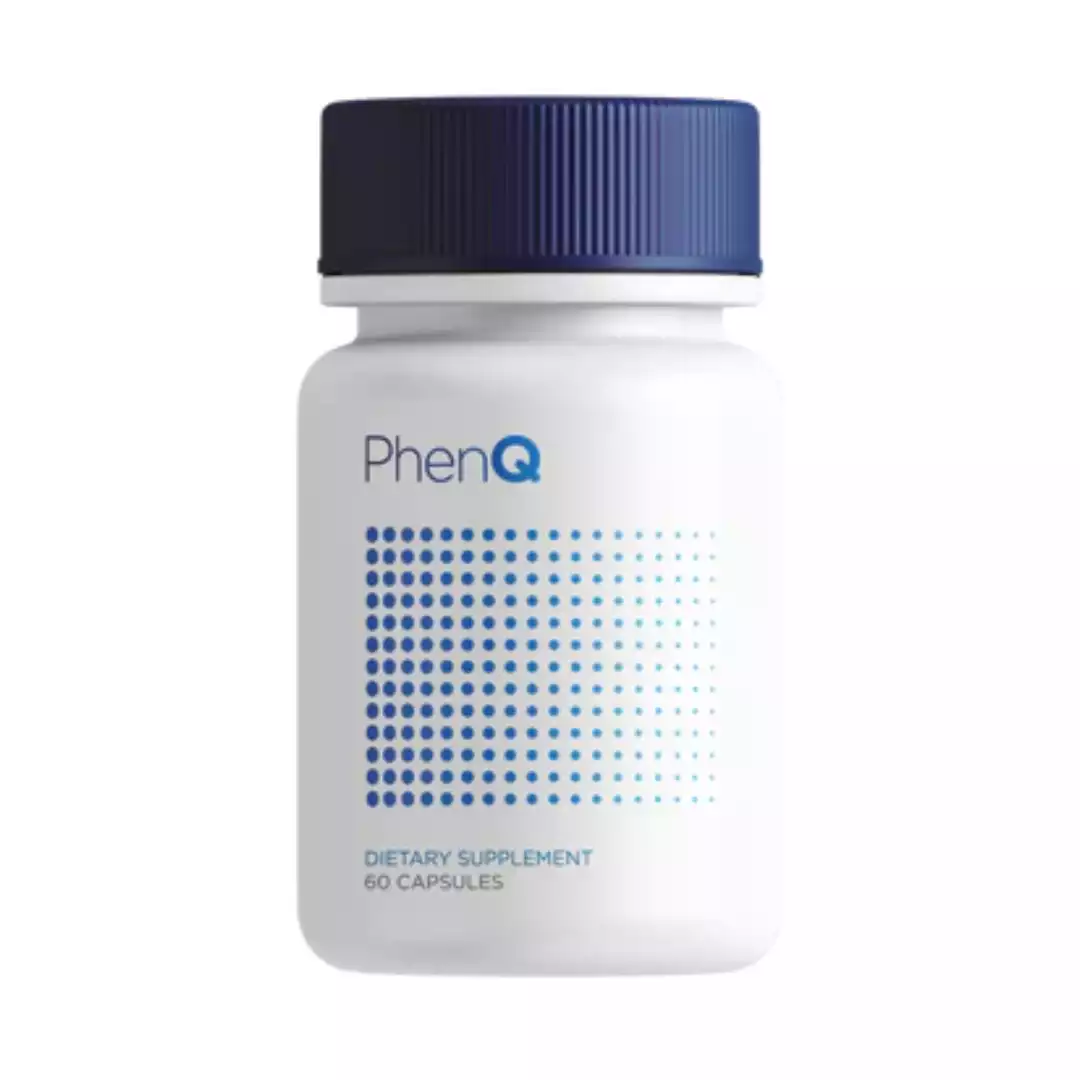
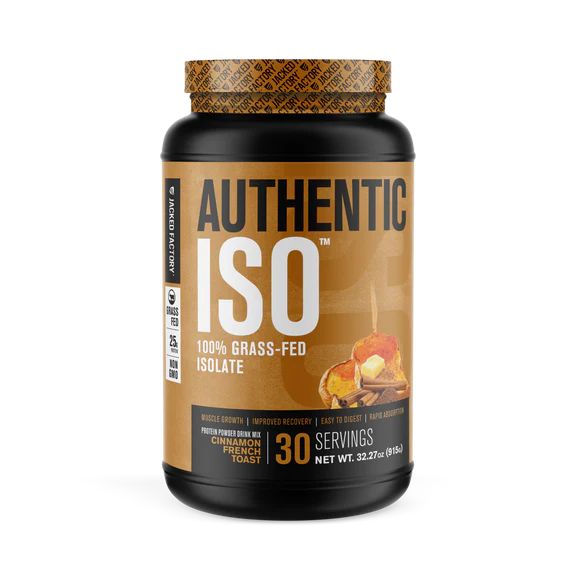
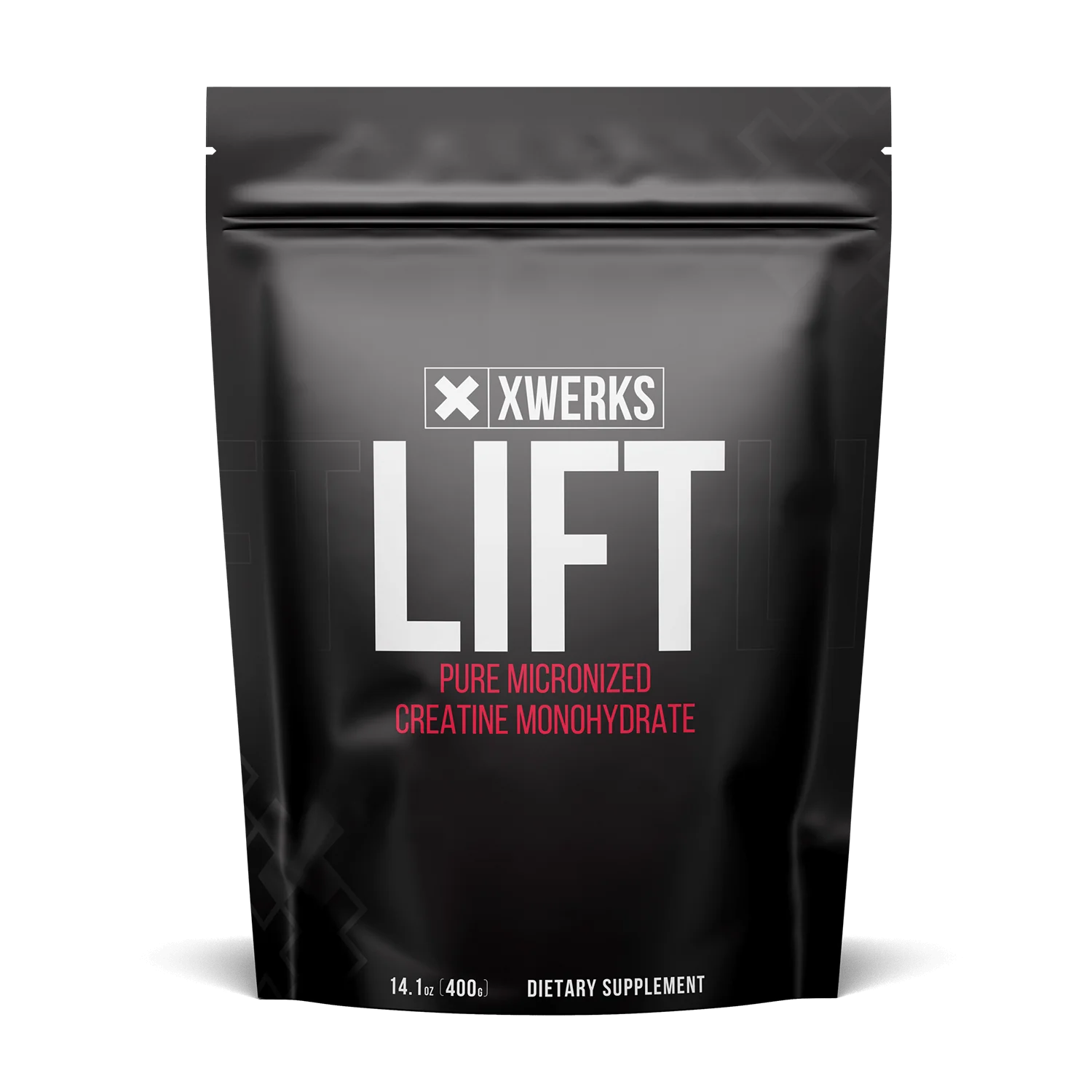
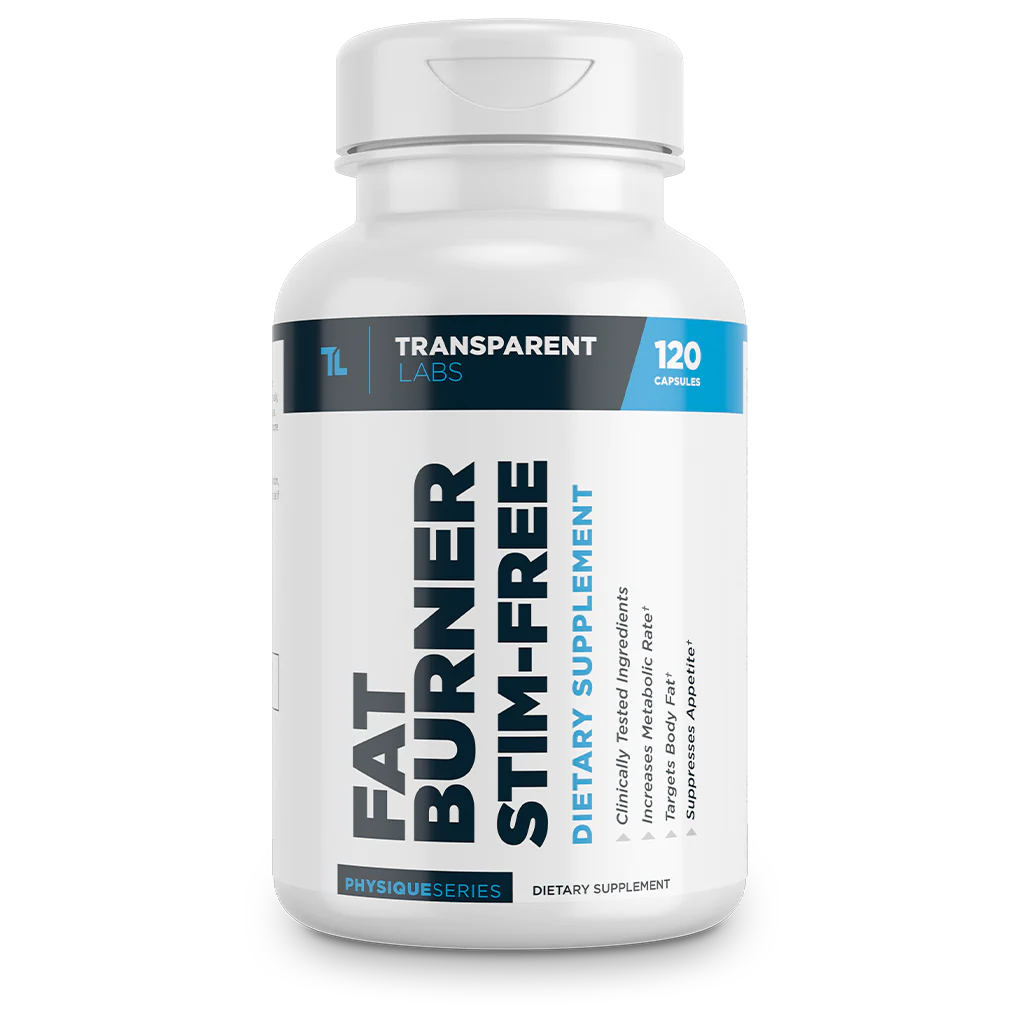
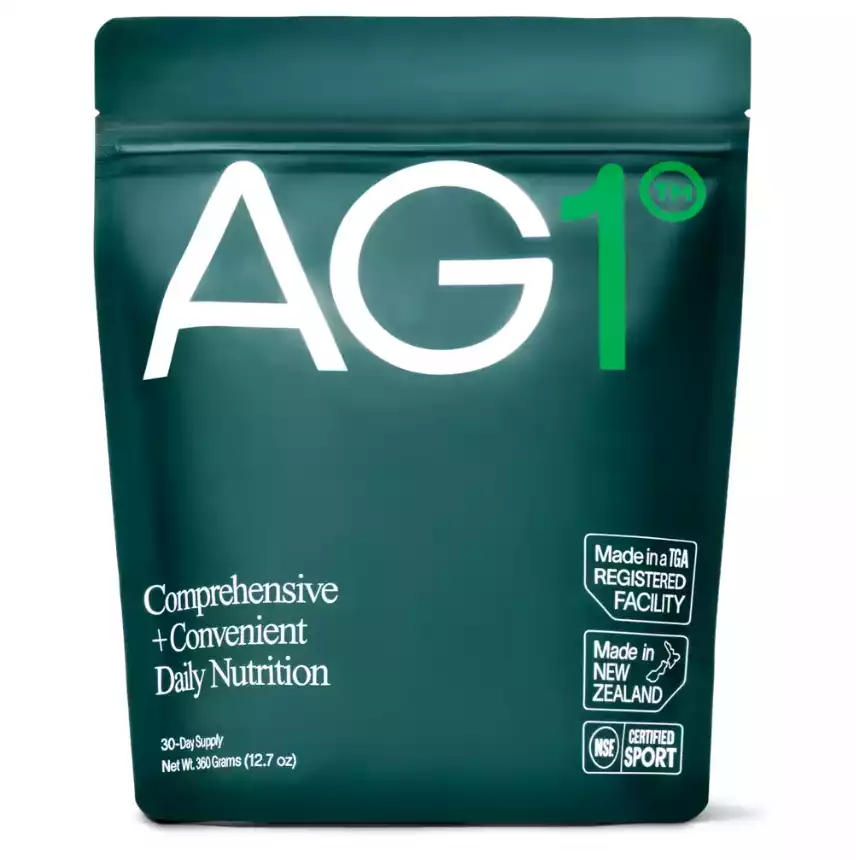
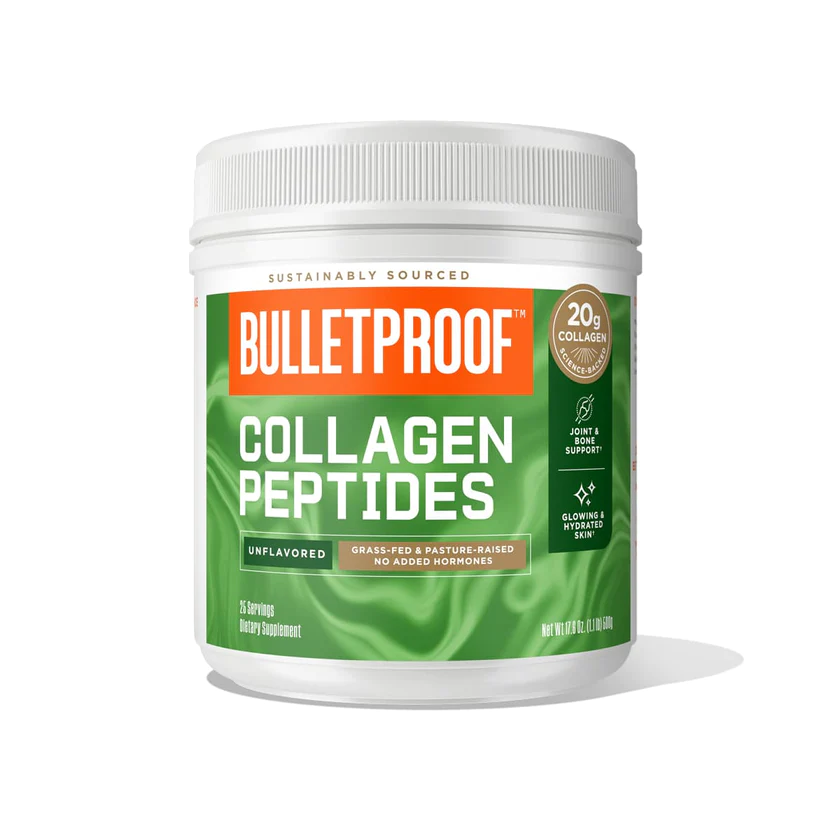
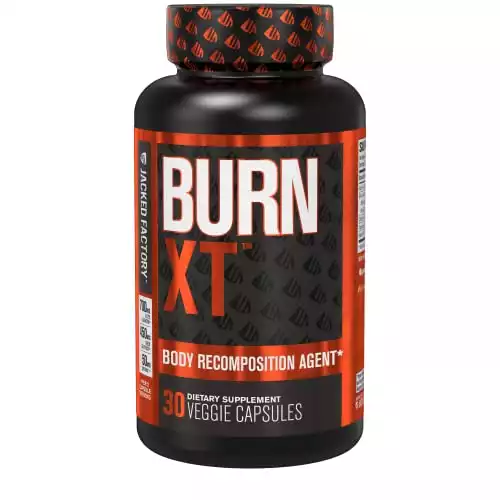
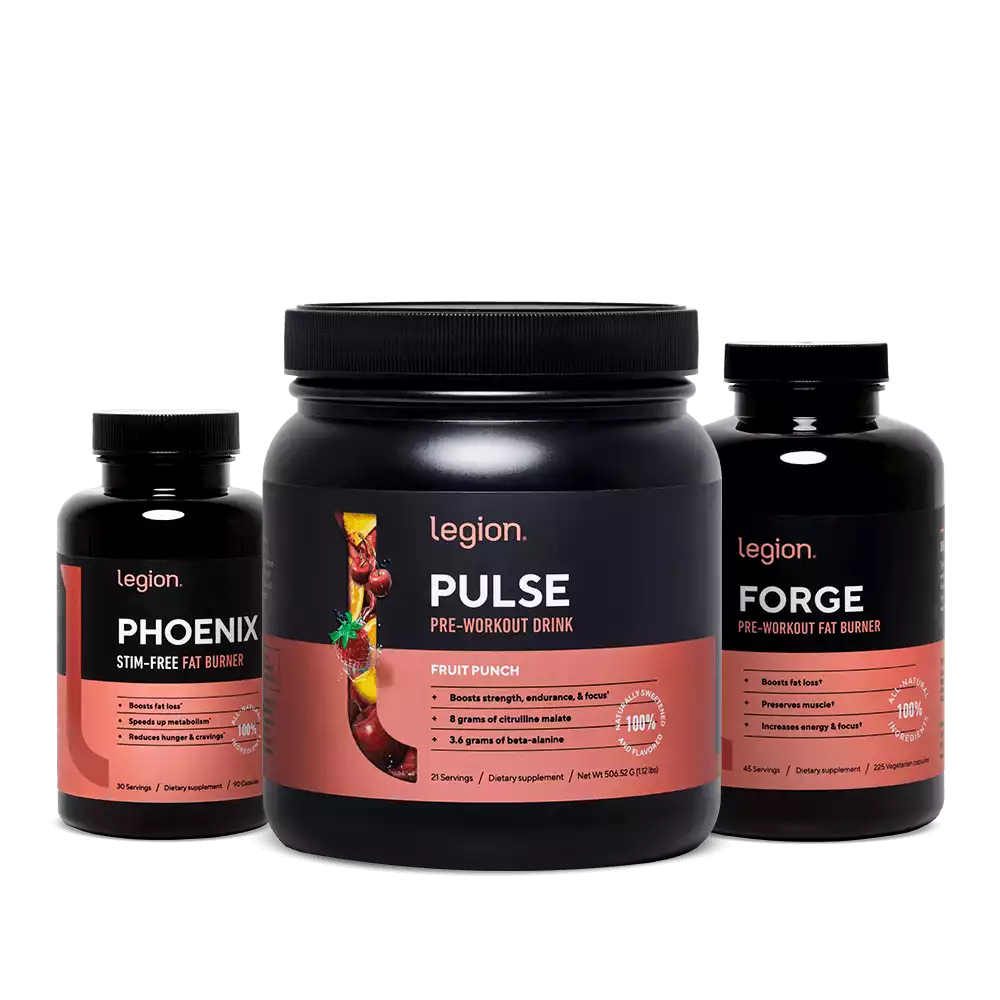
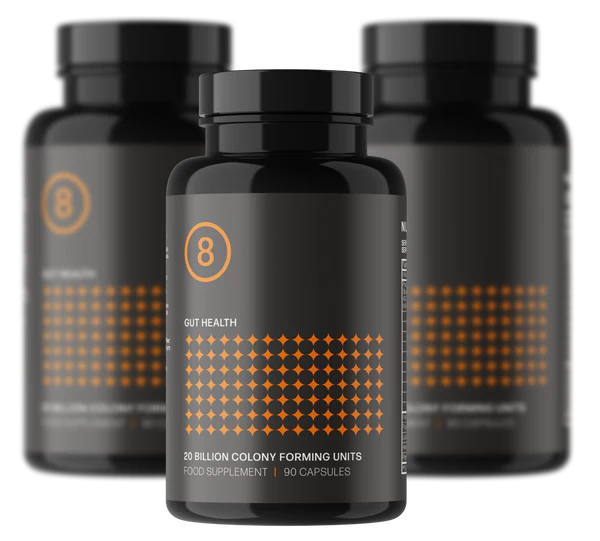
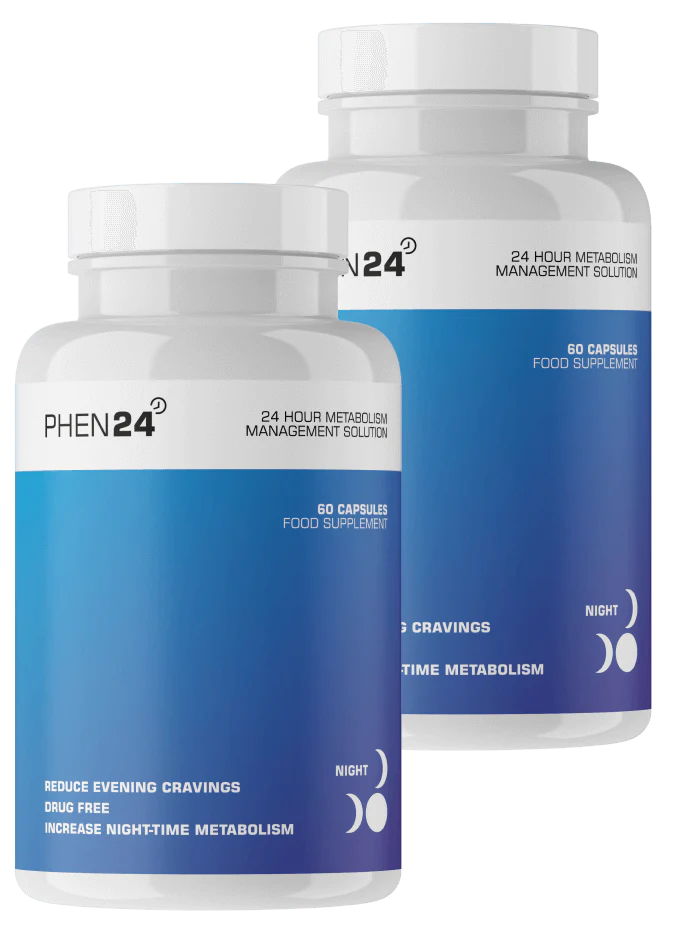

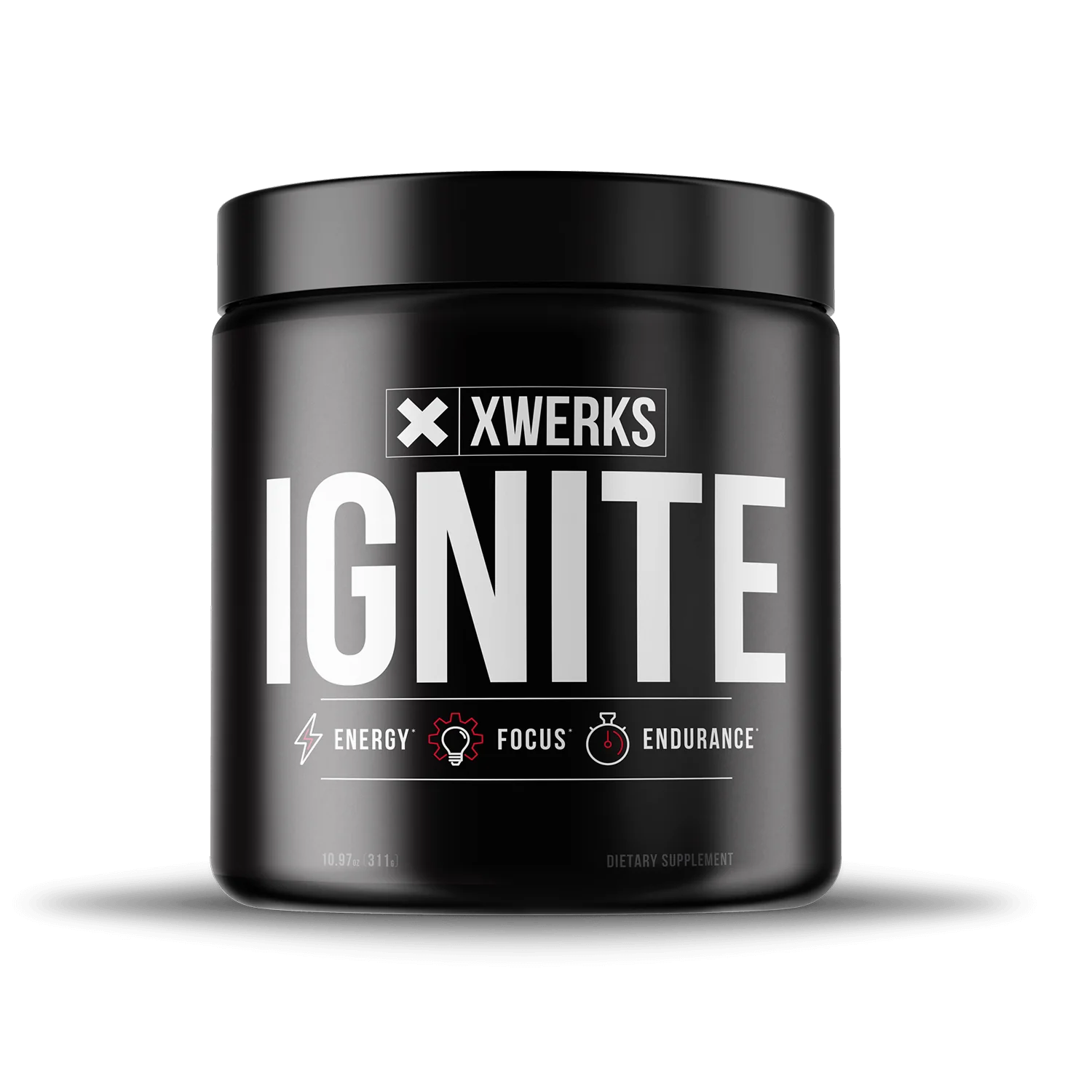
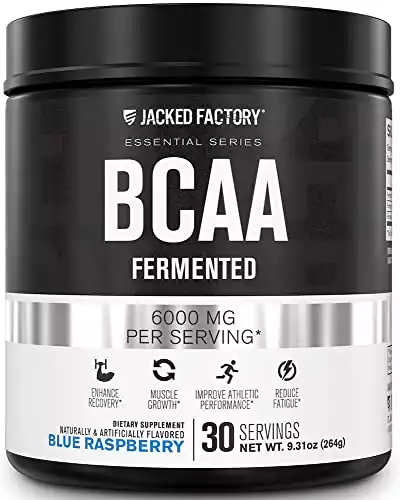
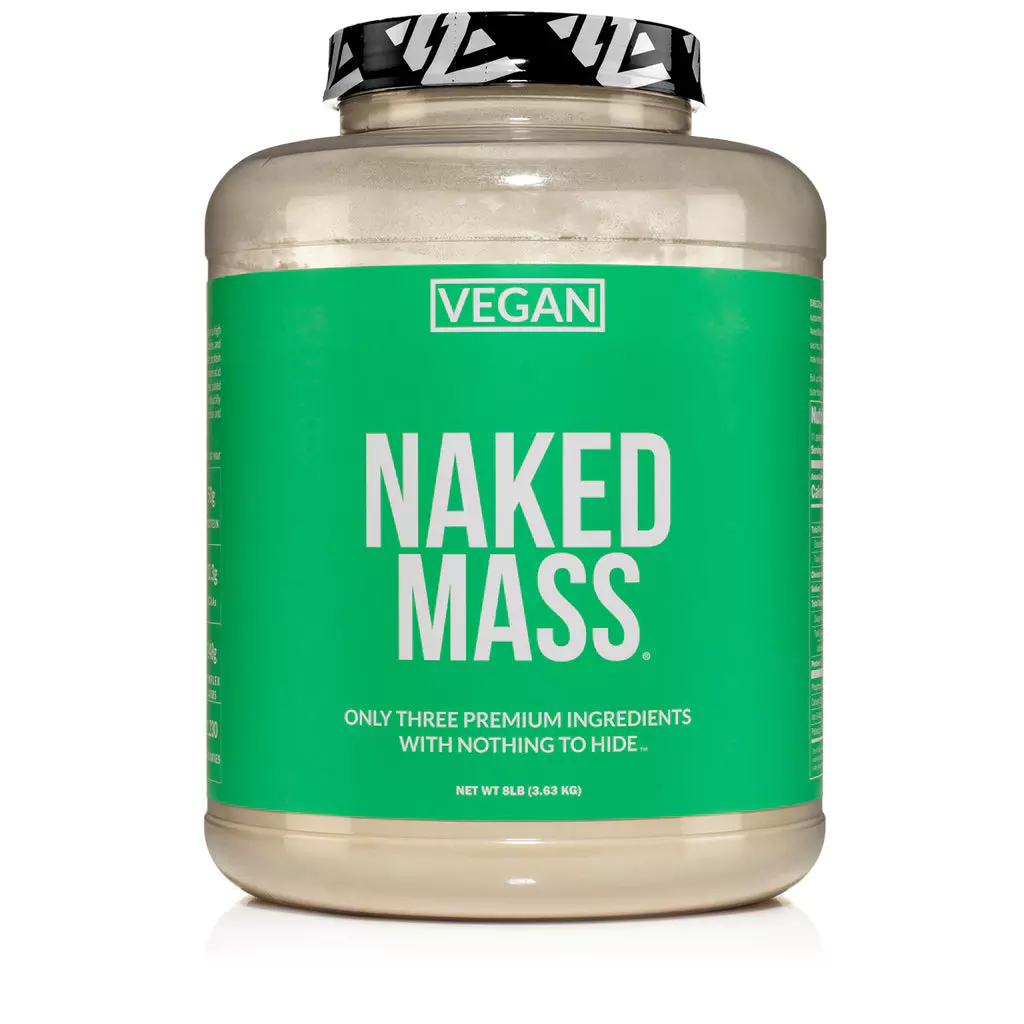
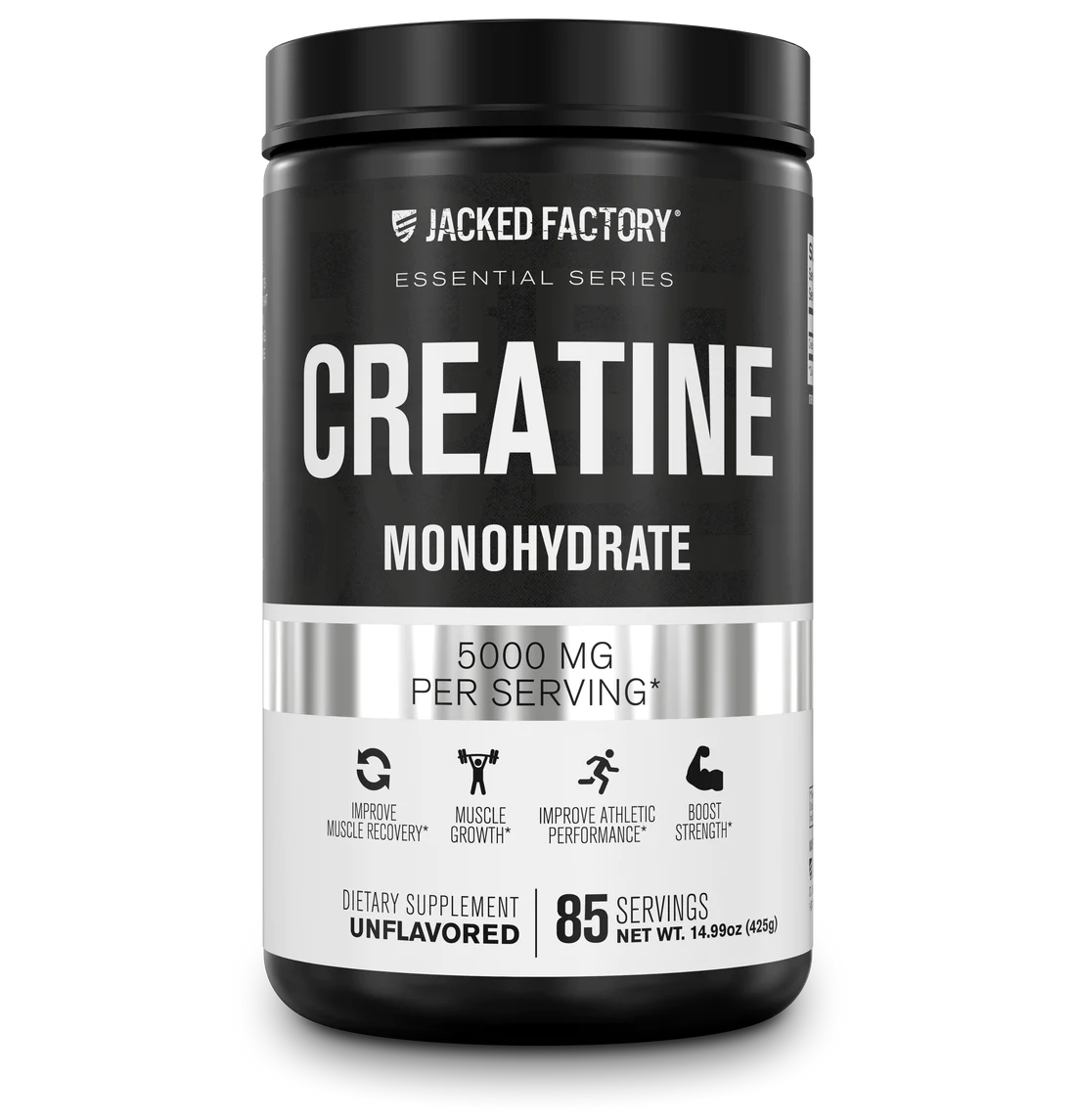
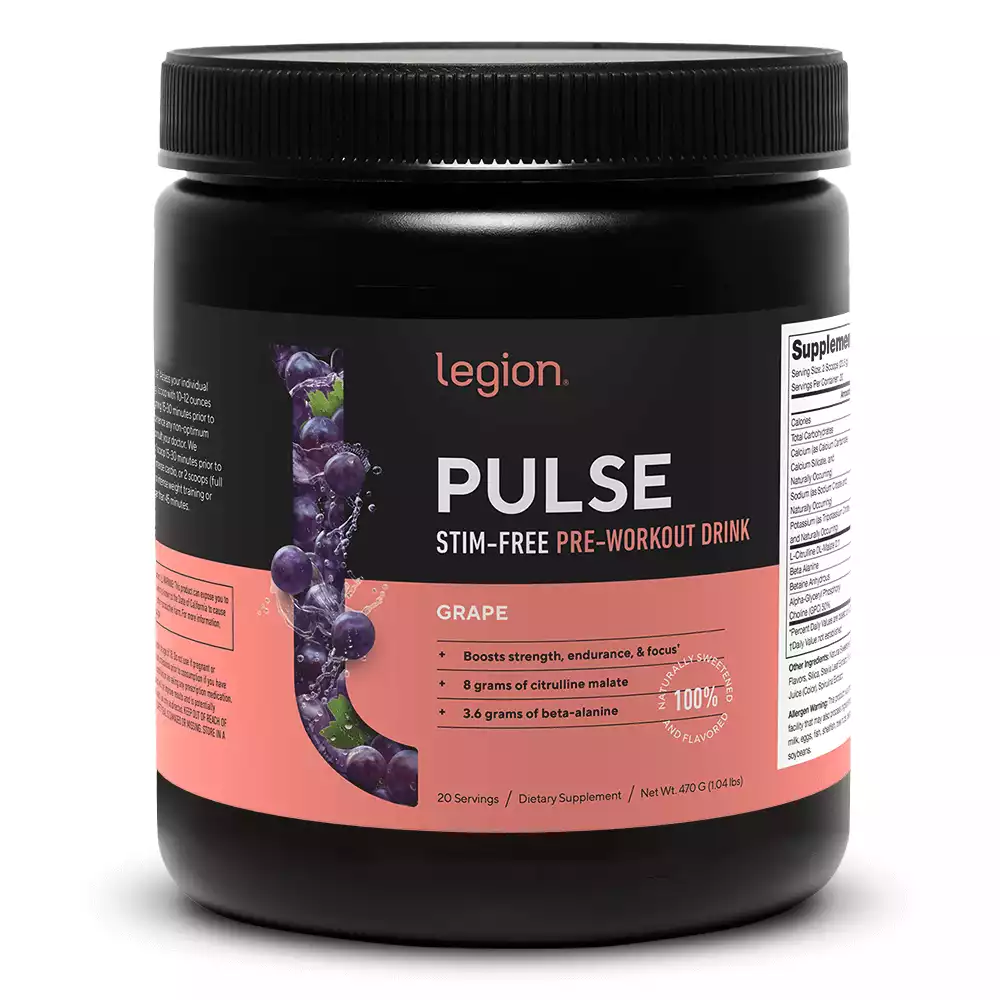
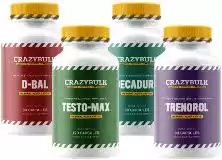
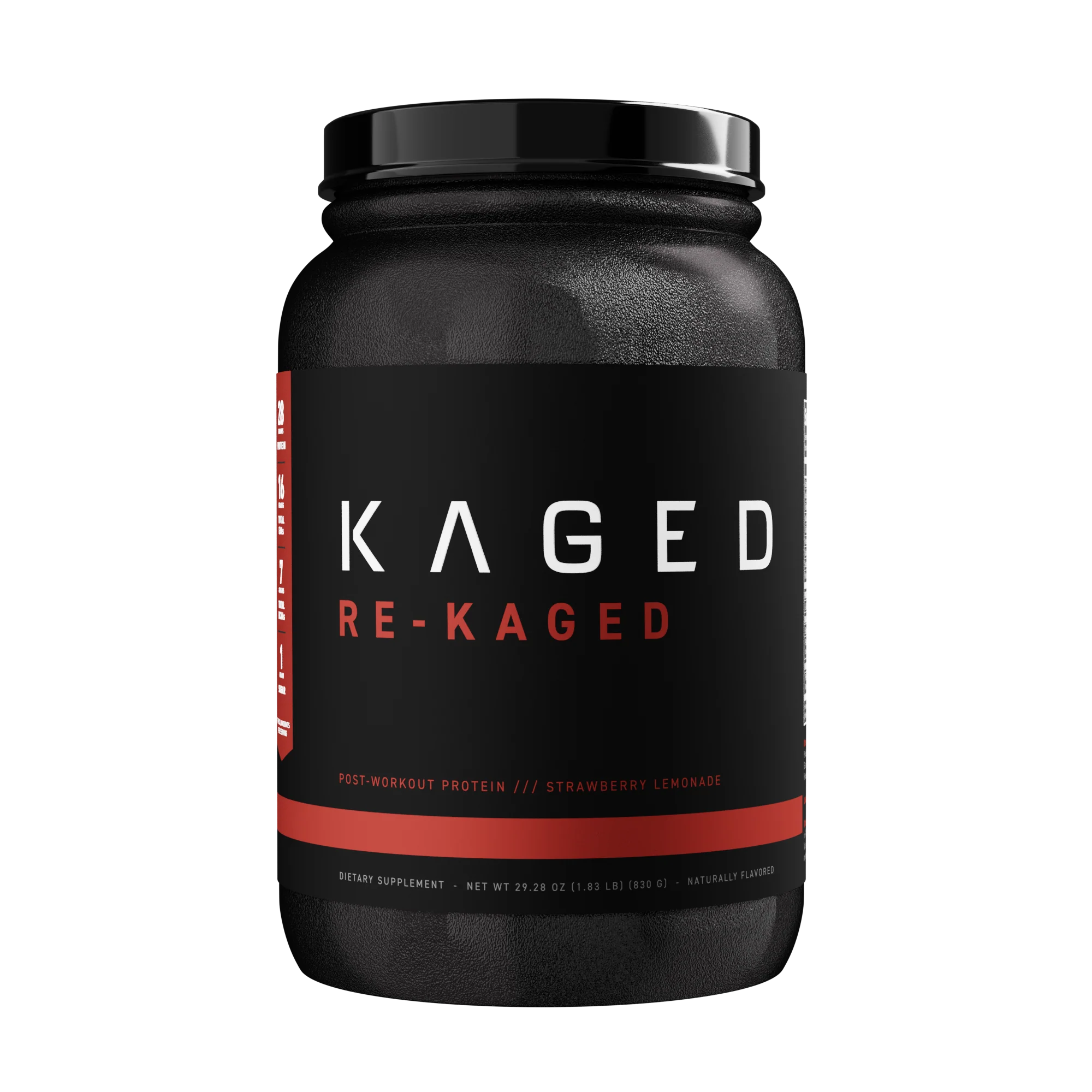
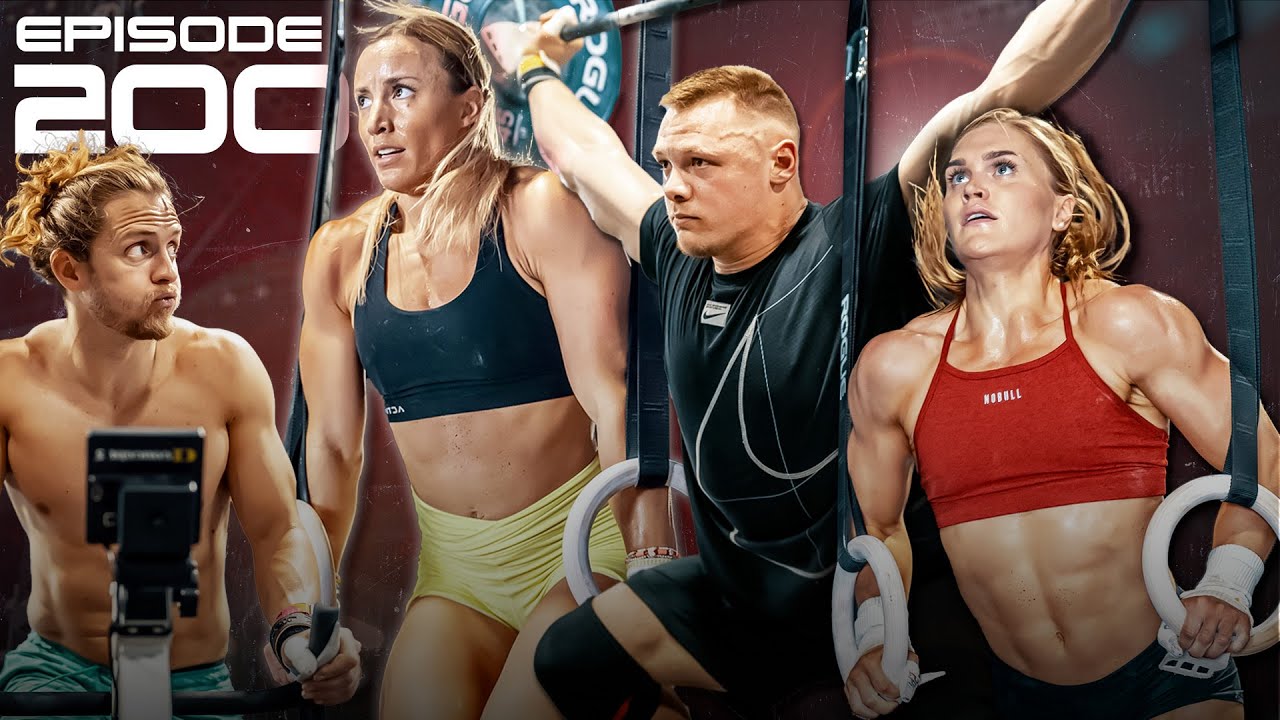
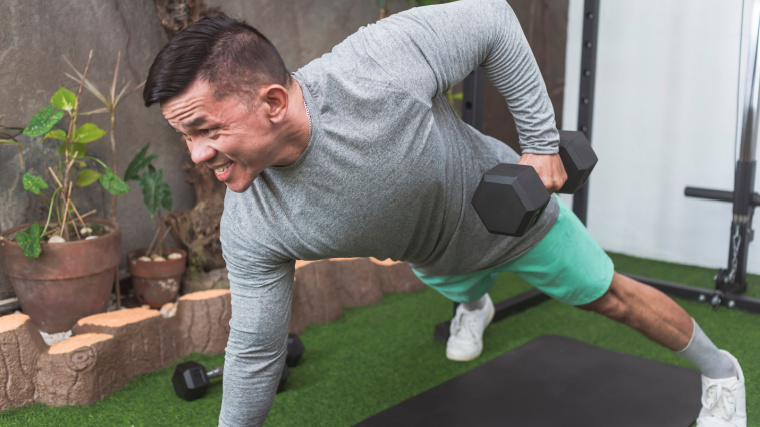
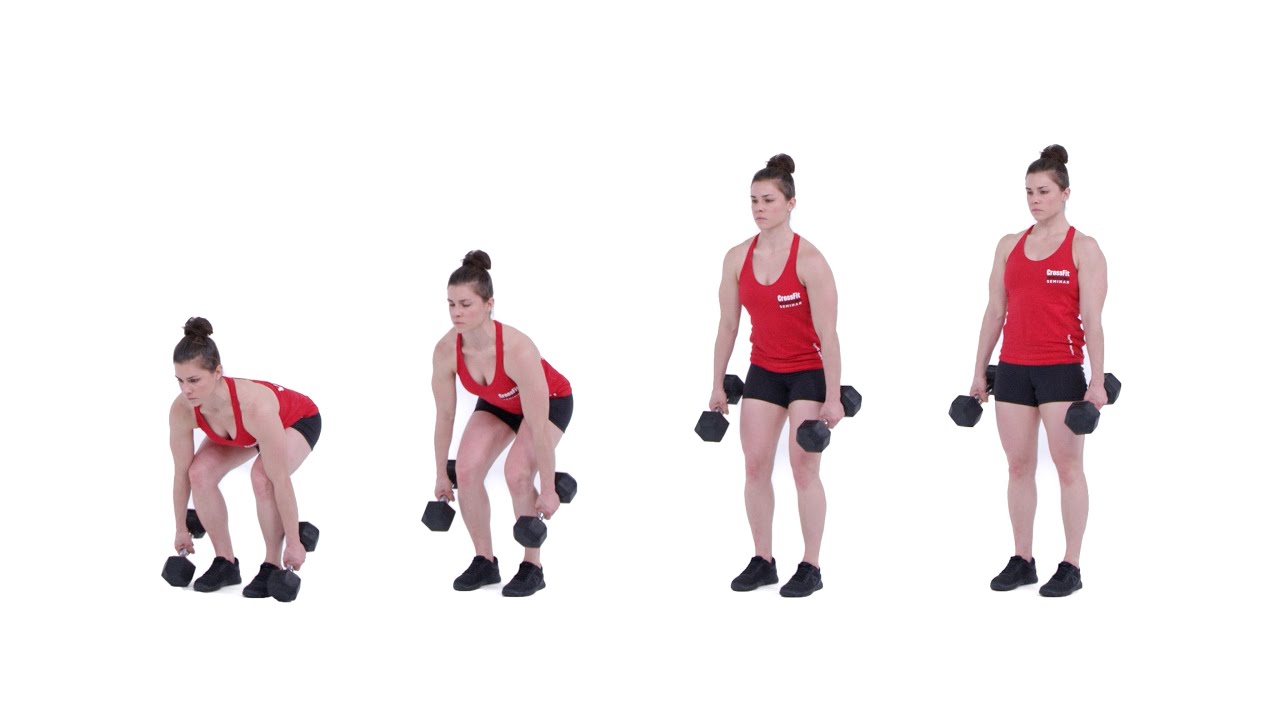

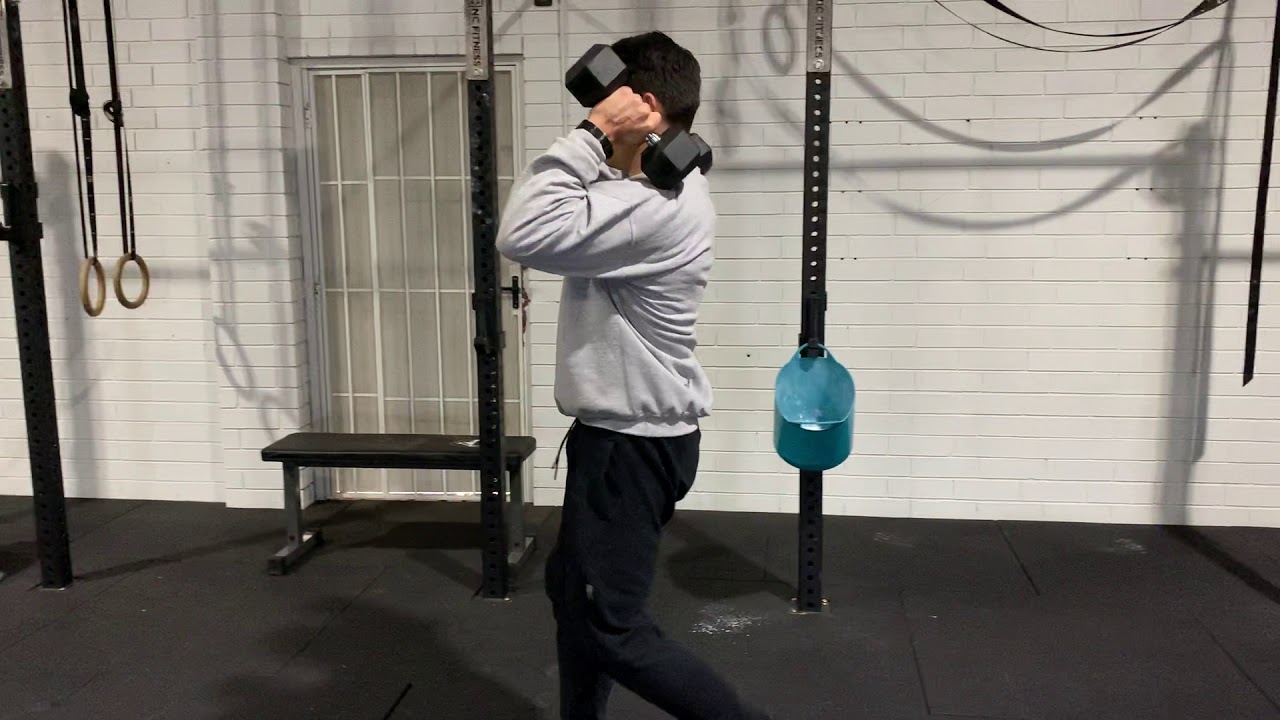
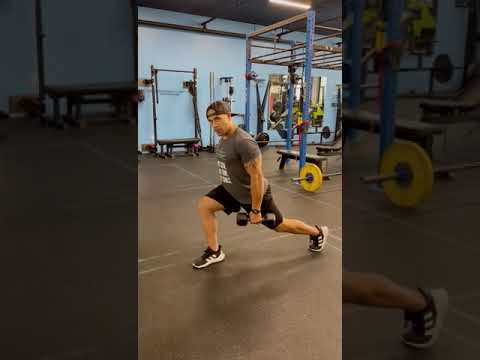
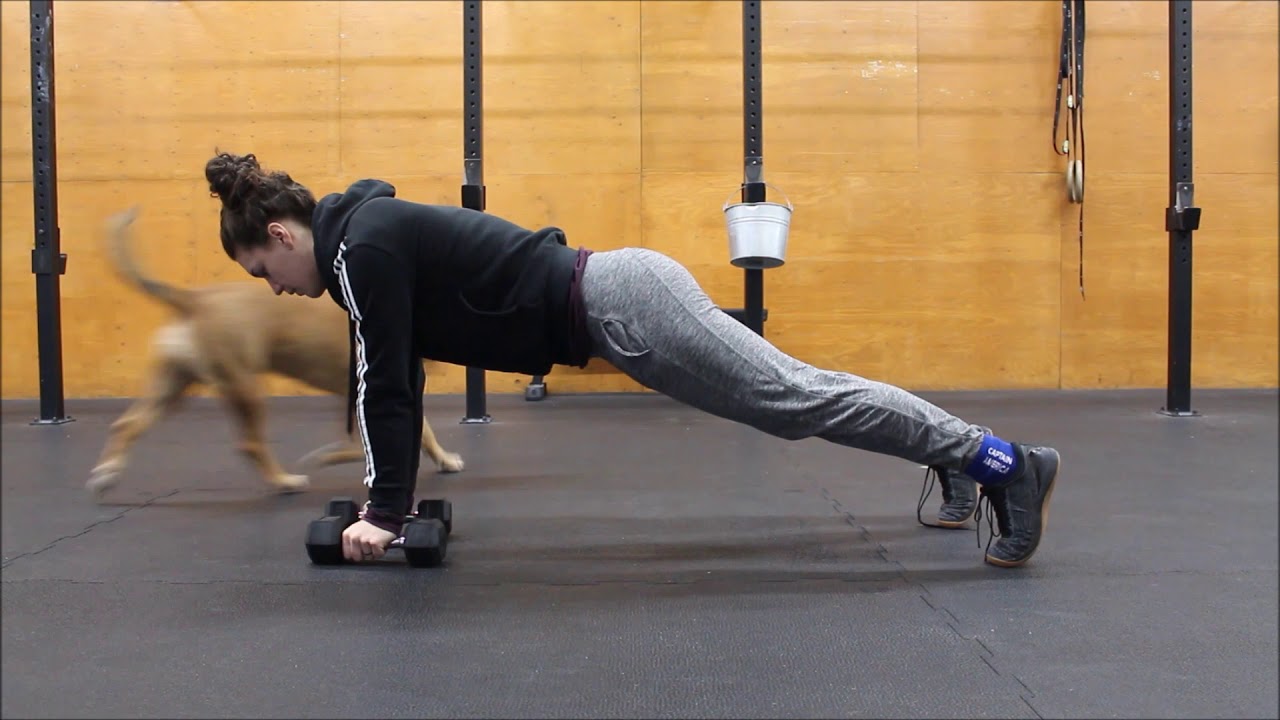
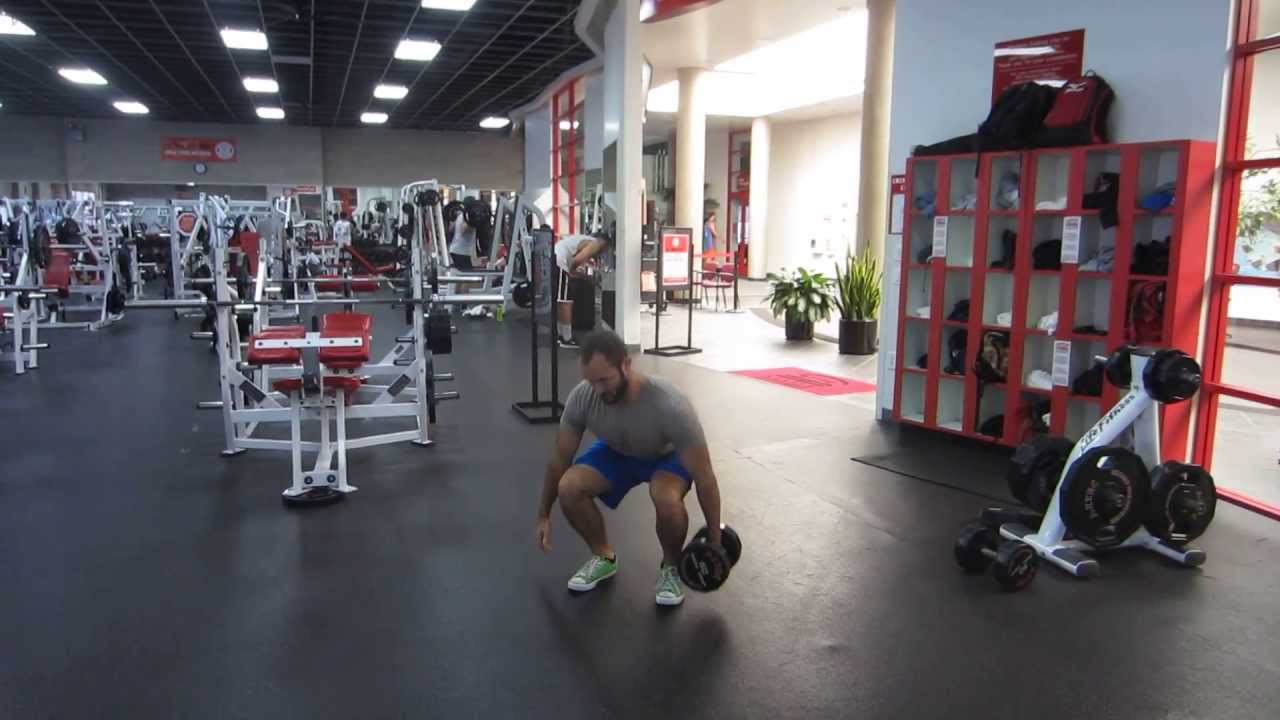
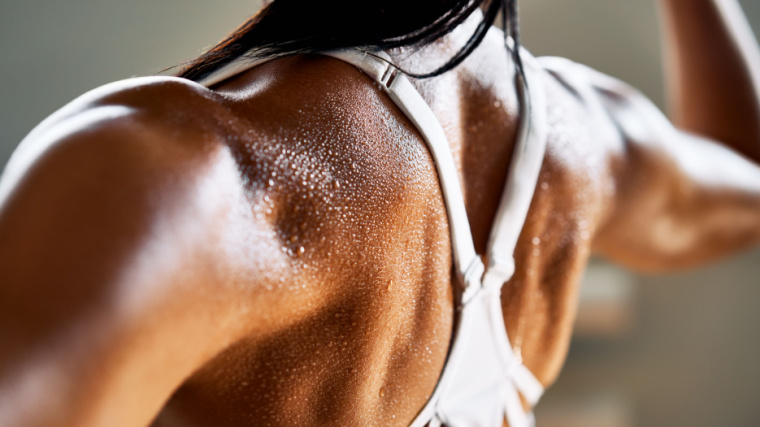
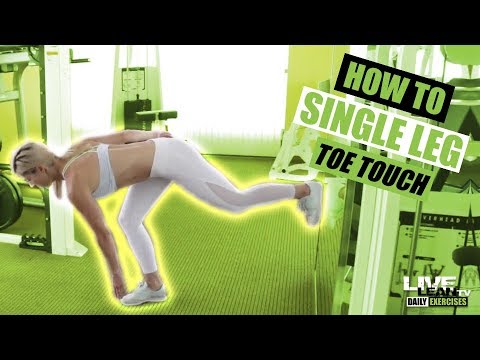
 For now classes are 6pm and 640pm at 2840 Wildwood st in the Boise Cloggers studio.
Book your class NOW!
click this ==>
For now classes are 6pm and 640pm at 2840 Wildwood st in the Boise Cloggers studio.
Book your class NOW!
click this ==>








